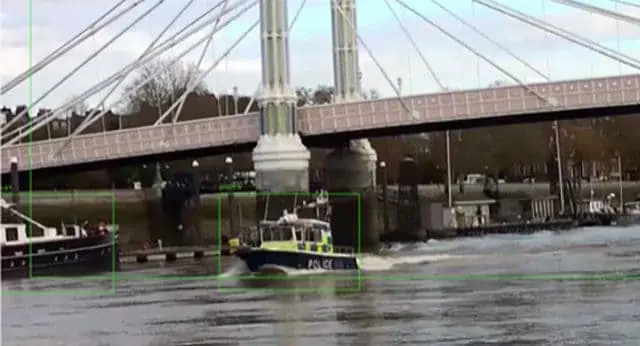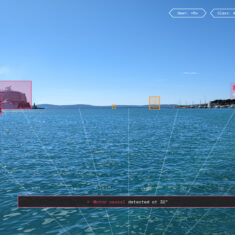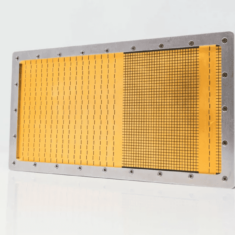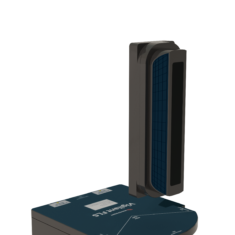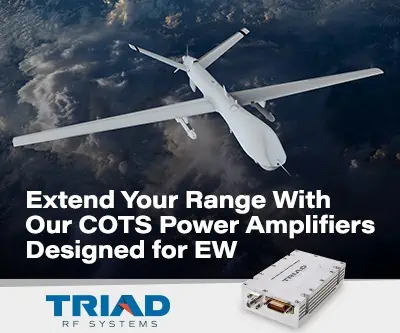Collision Avoidance for Unmanned Systems
Collision avoidance systems are crucial for enabling autonomous operations for unmanned vehicles of all kinds. These systems take in data from various onboard sensors, as well as data from external sources, and calculate the best manoeuvres for the vehicle to make in order to avoid hitting an obstacle or hazard. More advanced systems may use artificial intelligence and computer vision to perform detection and classification of objects picked up by the sensors.

Casia Drone Collision Avoidance System by Iris Automation
Drone Collision Avoidance for BVLOS Flight
Collision avoidance systems for unmanned aerial vehicles (UAVs) and drones, often called Sense and Avoid (SAA) or Detect and Avoid (DAA) systems, are important components of the framework that allows these vehicles to integrate into civil airspace and to undertake BVLOS (beyond visual line of sight) operations with a high degree of autonomy. Obstacle detection may use a variety of active or passive sensors, including radar, ultrasound, LiDAR and EO/IR (electro-optical/infrared) sensors, as well as broadcast technologies such as ADS-B (automatic dependent surveillance–broadcast) that provide identity, position and other information.




